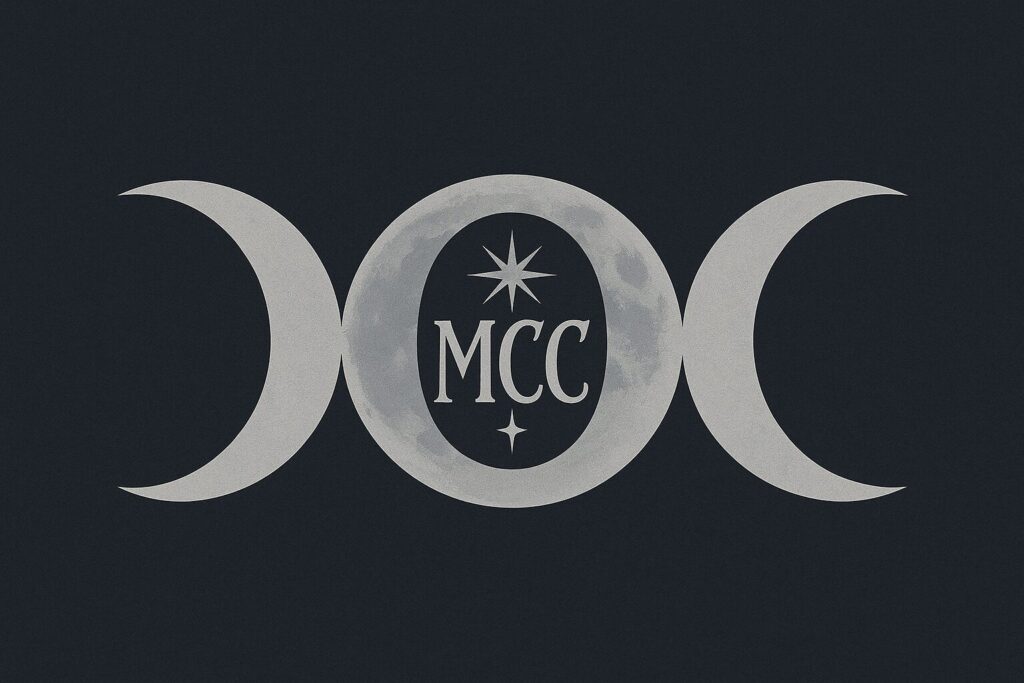The Dark Moon: Silence and Sacred Emptiness
In ancient Greece, the Dark Moon belonged to Hekate, goddess of crossroads and necromancy, who guided the souls of the dead and watched over liminal thresholds. Nyx, primordial night herself, was said to birth sleep, death, and dreams from the void of her cloak. Honored at crossroads, particularly three paths meeting, with offerings of garlic and silence. Among Celtic traditions, the dark moon was observed as a time to commune with ancestral spirits, bury intentions, and seek the hidden roots of truth. The Germanic Norns, goddesses of fate, were also revered at times of darkness and stillness—when the threads of destiny could be seen more clearly.
These myths reflect a shared understanding: darkness is not absence, but presence of a deeper kind. It is the gestation of magic before it flowers, the unspoken name of transformation.
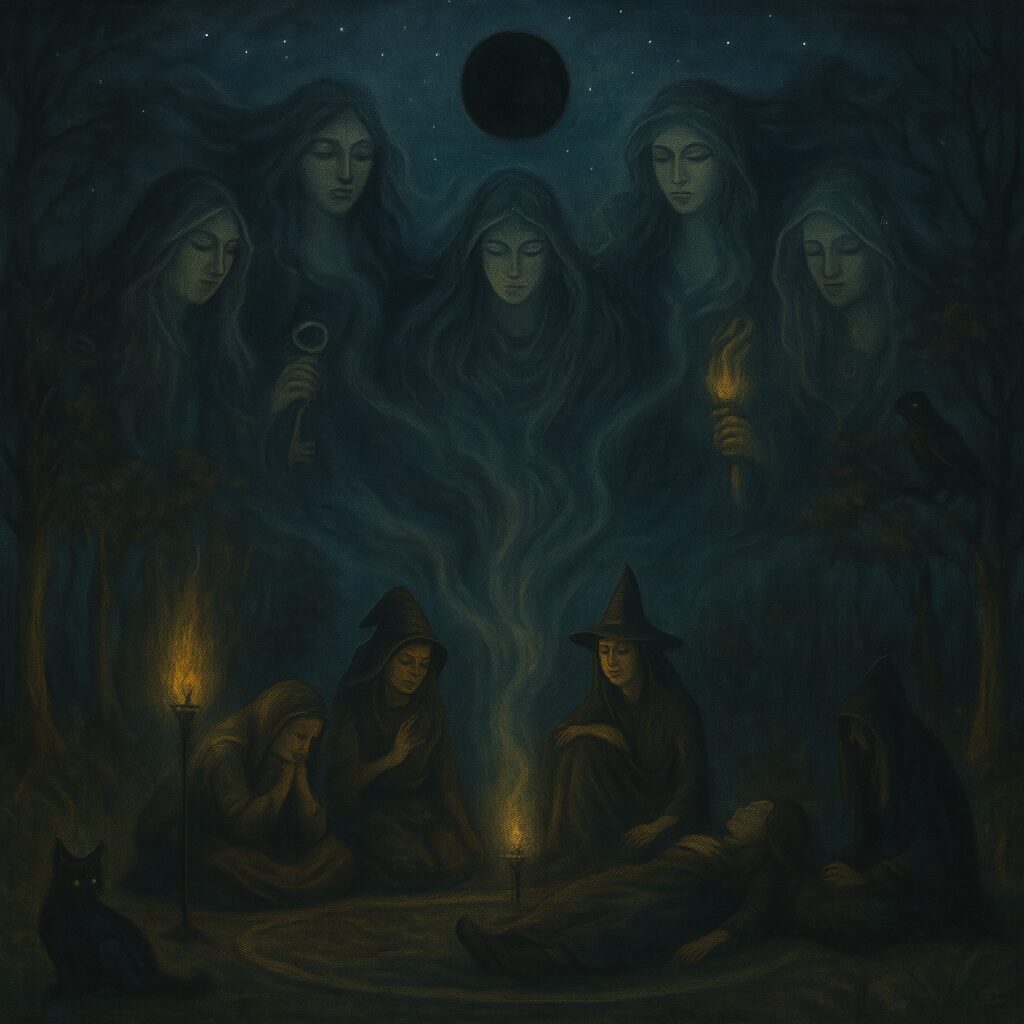
The Dark Moon is often used for:
- Banishing rituals (cord cutting, releasing patterns, binding)
- Protection and warding
- Shadow work and journaling
- Dream incubation or trance journeys
- Divination—especially for truths that are hidden, complex, or ancestral
- Honoring the dead, particularly those whose spirits still linger
- Rest and restoration, especially for witches
One may light a single candle or work entirely in darkness. In contrast to the full moon’s expressive rituals, the Dark Moon invites quiet acts of power—writing a letter never sent, digging in soil, sitting with grief. It is a magical return to the womb, and to the wellspring of inner knowing.
The Dark Moon does not demand action, only honesty.c
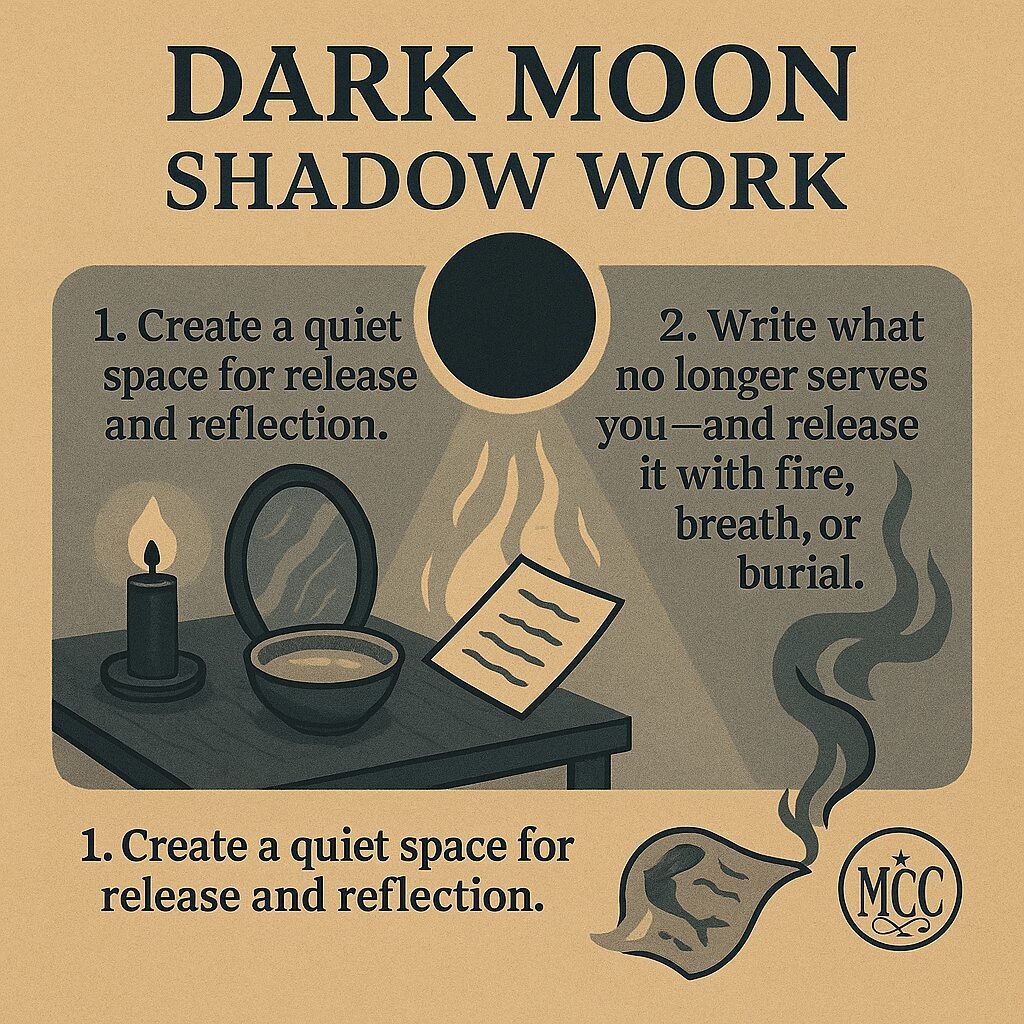
While the Dark Moon is often associated with the Crone and feminine shadow, it also holds deep potential for masculine rites—particularly those concerned with descent, purification, and transformation. Figures such as Cernunnos, the Celtic horned god, lord of the wild and the underworld, governs thresholds and animal instinct, and Odin, god of sorcery and the gallows, famously sacrificed himself on Yggdrasil to gain knowledge of runes—an act of shadow initiation. These stories mirror modern dark moon practices: solitude, sacrifice, and communion with mystery. For men or masculine-aligned witches, the dark moon can be a time to question inherited roles, descend into personal silence, and grieve or release deeply buried grief. The ritual of letting go—whether through writing, burning, or burial—becomes a sacred act of masculine magic, not in dominance, but in surrender.In this way, the dark moon offers masculine energy a path not of assertion, but of reckoning—honest, courageous, and deeply transformative.
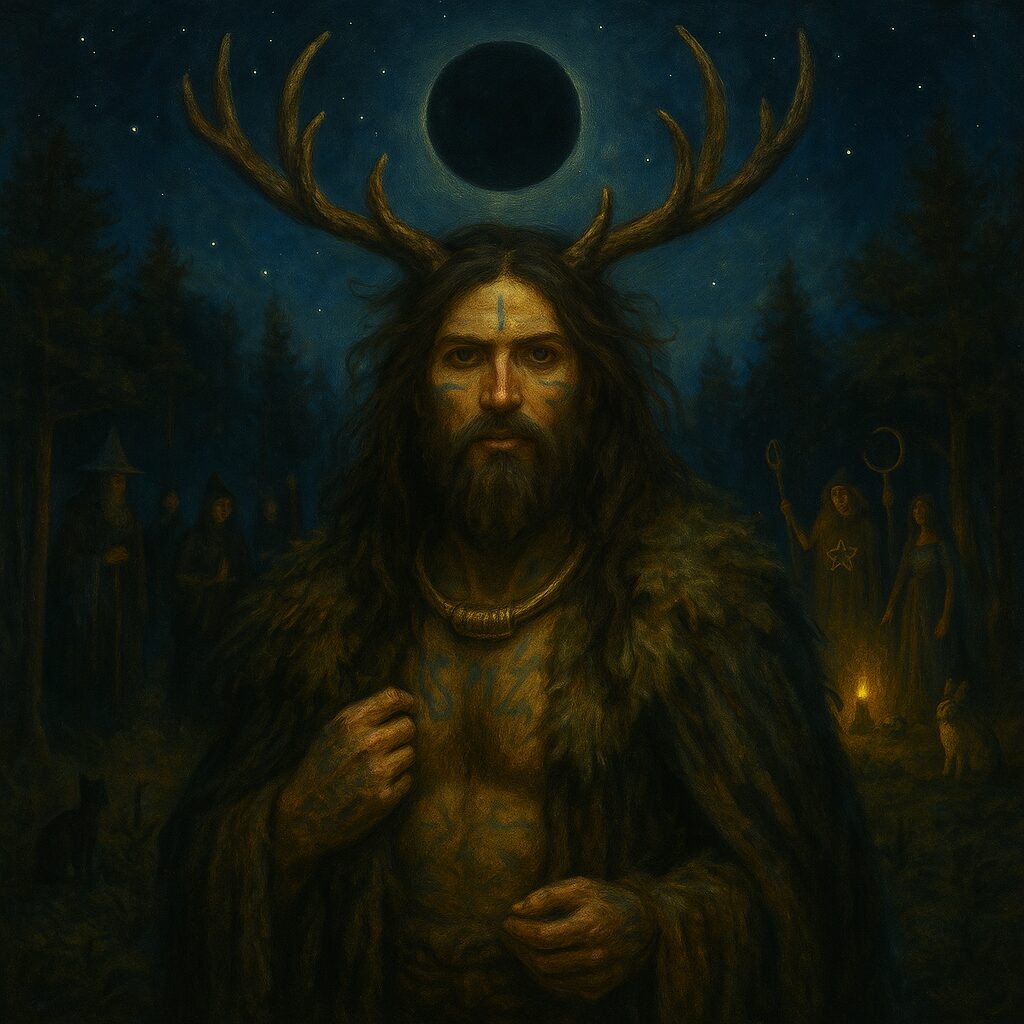
For nonbinary, queer, and trans witches, the Dark Moon may offer sanctuary and spaciousness, unburdened by rigid archetypes. In the words of Starhawk, the moon’s rhythm “teaches us how to grow and retreat, shine and disappear.” This cyclical pattern applies not only to bodies, but to identities, transitions, and truths. Some modern covens include inclusive Dark Moon circles, where spellwork and meditation are shaped by each participant’s relationship to darkness, grief, gender, or transformation. These circles are often rich in shared vulnerability, dream language, and intuitive magic.
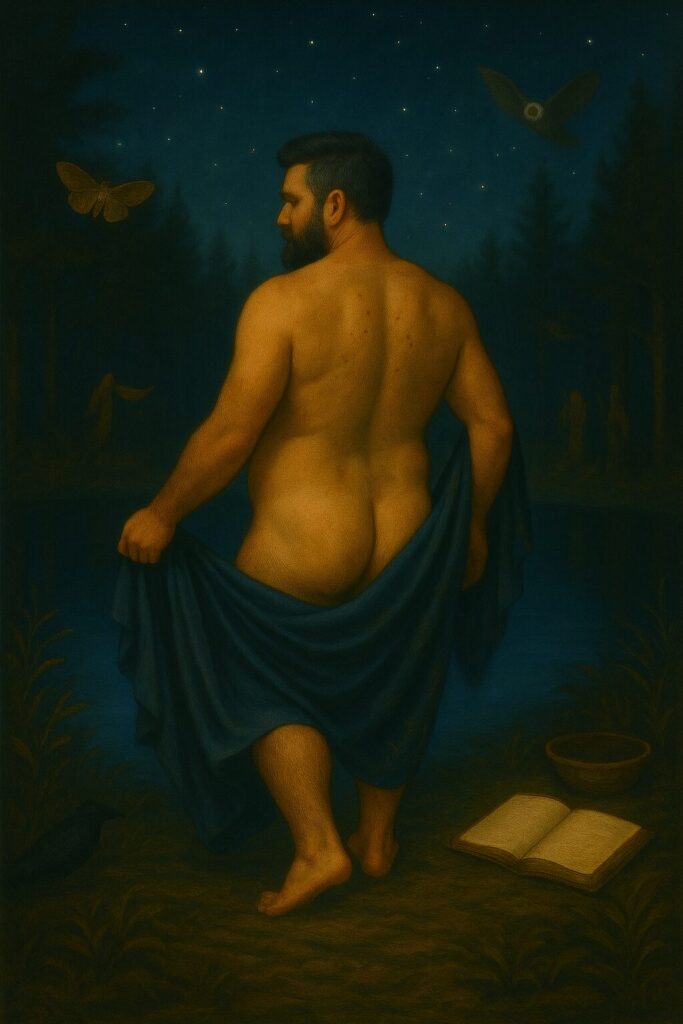
In a world driven by constant motion and visibility, the Dark Moon asks us to become invisible—not as erasure, but as renewal. Here, we learn the power of undoing: shedding names, masks, spells, habits. We become empty so that we may again become full.
Historian Ronald Hutton writes that traditional European witchcraft held the Dark Moon as one of its most potent nights—a time when spirits walked freely, and spells were whispered rather than declared. The air, damp with mystery, could carry both prayers and warnings.
To practice Dark Moon magic today is to reclaim silence as sacred, mystery as medicinal, and transformation as natural. You do not need to be certain. You only need to show up, sit down, and let what is fall away.
